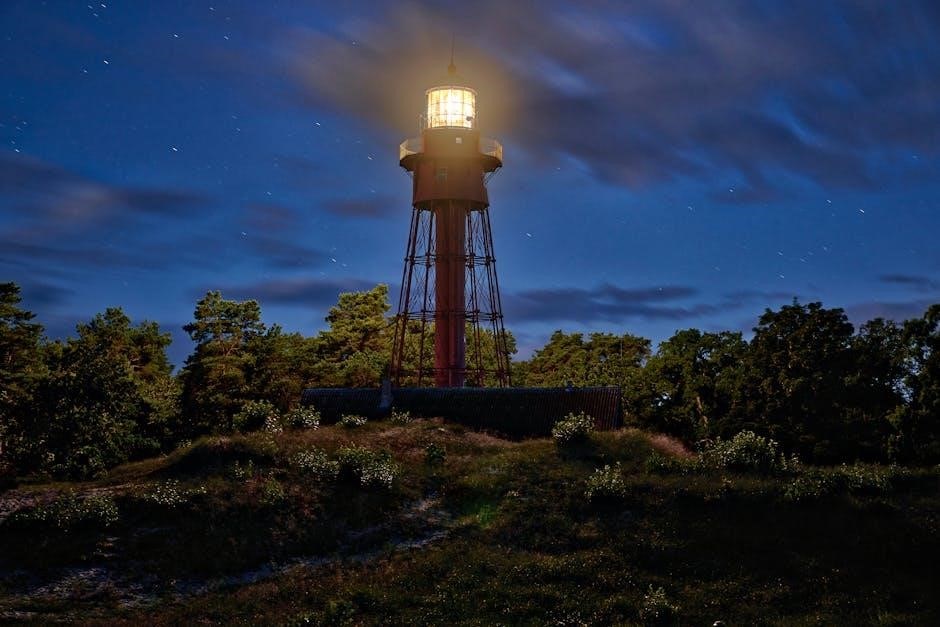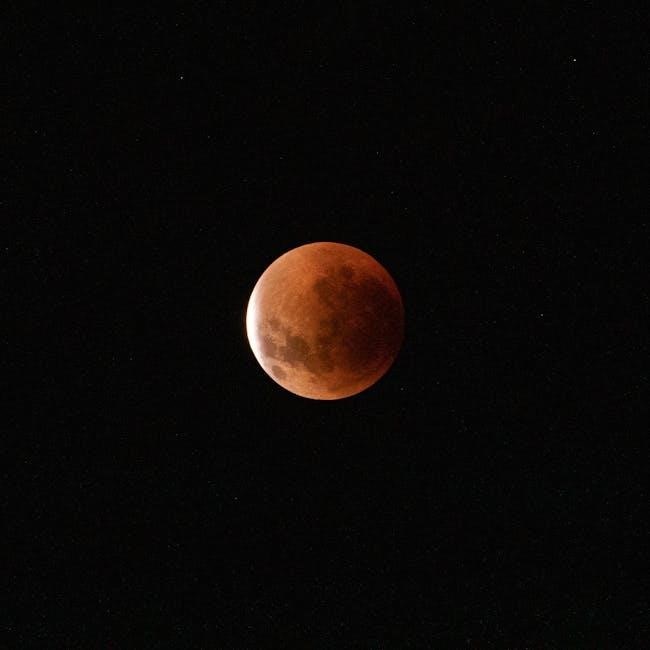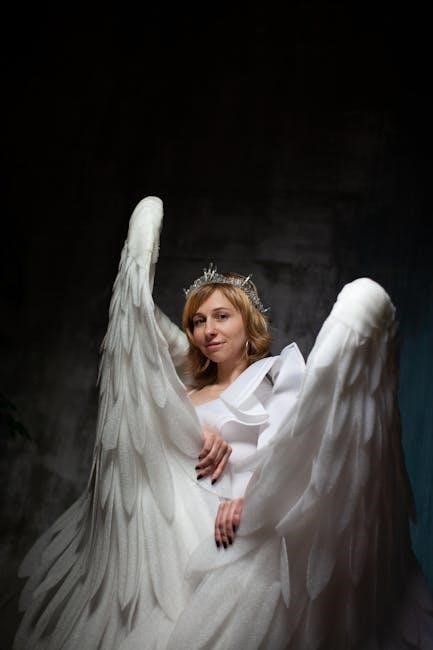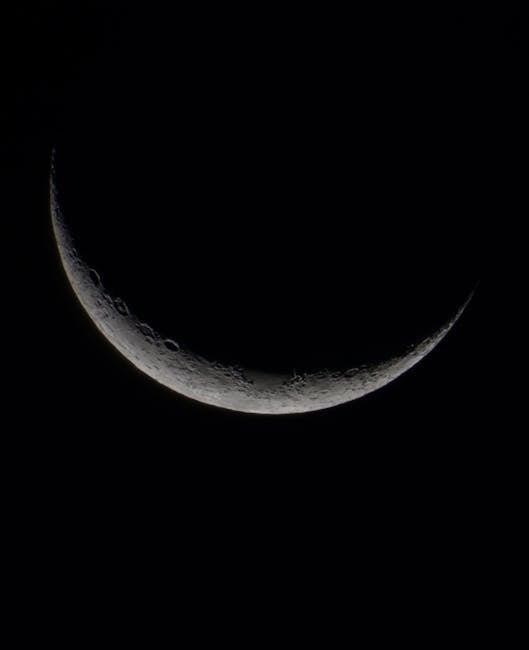The Lady’s Guide to Celestial Mechanics by Olivia Waite is a captivating historical romance set in early 19th-century England, blending astronomy, art, and forbidden love. This novel, published in 2019, follows Lucy Muchelney, an aspiring astronomer, and Catherine St. Day, a countess with a passion for arts, as they navigate societal expectations and their blossoming romance. With its rich historical context, scientific accuracy, and strong female protagonists, this book offers a unique perspective on women in STEM during the Regency era, making it a standout in LGBTQ+ historical fiction.
Overview of the Book

The Lady’s Guide to Celestial Mechanics by Olivia Waite is a historical romance set in early 19th-century England. Lucy Muchelney, an aspiring astronomer, and Catherine St. Day, a countess with an artistic flair, find their paths crossing through a letter seeking help with a French astronomy text. Their collaboration blossoms into a forbidden romance, exploring themes of love, identity, and women’s roles in STEM. The novel offers a captivating blend of science, art, and LGBTQ+ themes during the Regency era.
Historical Context and Setting
The novel is set in early 19th-century England, a time when scientific advancements and societal constraints collided. Women faced significant barriers in STEM fields, with their contributions often overlooked. The story unfolds in London, where scientific societies thrived, yet women’s roles were limited to domesticity. The Regency era’s rigid social norms and class distinctions create a backdrop of tension, particularly for women pursuing unconventional passions like astronomy; This historical setting highlights the challenges Lucy and Catherine face, blending the era’s scientific progress with its societal restrictions, offering a vivid portrayal of women navigating a male-dominated world.
Key Themes in the Novel

The novel explores themes of forbidden love and societal defiance, highlighting the challenges women faced in early 19th-century STEM fields. It delves into the struggle for recognition and the intersection of art and science, showcasing how Lucy and Catherine navigate a world that underestimates their abilities. The story emphasizes resilience, passion, and the pursuit of individuality against rigid societal norms, offering a powerful portrayal of women breaking barriers in a male-dominated era while celebrating their intellectual and emotional depth.

Main Characters and Their Roles
Lucy Muchelney, an ambitious astronomer, and Catherine St. Day, a refined countess, navigate societal expectations, forbidden romance, and personal growth in this captivating tale of love and science.
Lucy Muchelney: The Aspiring Astronomer
Lucy Muchelney is a brilliant and determined astronomer navigating a male-dominated field in early 19th-century England. Driven by her late father’s legacy, she seeks recognition for her work, despite societal barriers. Her sharp intellect and passion for discovery often clash with the limitations placed on women in STEM. Lucy’s journey is not only about scientific pursuit but also about self-discovery and overcoming personal losses. Her ambition and resilience make her a compelling protagonist, challenging conventions while pursuing her dreams and unexpected love. Through her story, Waite highlights the struggles and triumphs of women in science during the Regency era.
Catherine St. Day: The Countess with a Passion for Arts
Catherine St. Day, the Countess of Moth, is a sophisticated patron of the arts with a quiet strength and deep emotional complexity. Her world of elegance and refinement contrasts sharply with Lucy’s scientific pursuits, yet she is drawn to the astronomer’s brilliance. Catherine’s support for Lucy’s work and her own hidden vulnerabilities create a connection that transcends their differences. Her character represents the resilience of women navigating societal expectations while fostering creativity and love in unexpected ways. Through Catherine, Waite explores the intersection of art and science, revealing a woman of grace and inner fire.
The Plot Summary
The story follows Lucy Muchelney, reeling from her ex-lover’s sham wedding, who finds solace in a letter from the Countess of Moth, seeking help with a groundbreaking astronomy translation.
Lucy’s Journey and Challenges
Lucy Muchelney, an aspiring astronomer, faces personal and professional challenges in a society that undervalues women in STEM. Still grieving her father’s death, her guide and mentor, Lucy struggles to find her place in the male-dominated field of astronomy. At her ex-lover’s wedding, she feels lost and unfulfilled, but a letter from the Countess of Moth offers her a lifeline: translating a groundbreaking French astronomy text. This opportunity ignites her passion and ambition, yet societal expectations and her own self-doubt threaten to derail her progress. Her journey is one of resilience, growth, and unexpected love, shaping her path to recognition and acceptance.
The Forbidden Romance Between Lucy and Catherine
Lucy and Catherine’s relationship blossoms amidst societal constraints, their love becoming a beacon of hope and strength. Meeting at Catherine’s London home, Lucy is captivated by the countess’s elegance, while Catherine admires Lucy’s intellect. Their connection deepens as they bond over shared passions, despite the era’s disapproval of same-sex relationships. The romance is tender yet passionate, with stolen moments and quiet affection. Together, they face challenges, supporting each other in their pursuits and personal growth. Their love story, set against the backdrop of early 19th-century England, is a testament to the power of love overcoming societal norms and expectations.

Scientific and Historical Accuracy
The novel meticulously portrays early 19th-century astronomy, emphasizing women’s roles in STEM during the Regency era. Lucy’s work on a French astronomy text highlights scientific authenticity and historical context.
Astronomy in the Early 19th Century
The early 19th century was a transformative period for astronomy, marked by advancing telescopic technology and the rise of professional scientific communities. Women like Lucy Muchelney played pivotal roles, often overlooked, in translating and interpreting astronomical texts. The novel highlights the challenges of conducting scientific work in a male-dominated field, where women’s contributions were frequently undervalued. Lucy’s dedication to translating a groundbreaking French astronomy text underscores the era’s growing emphasis on scientific collaboration. The book also reflects the societal skepticism women faced, as they navigated a world where their intellectual pursuits were often dismissed. This historical backdrop adds depth to the narrative.
Women in STEM During the Regency Era
During the Regency era, women in STEM faced significant societal barriers, with their contributions often overlooked or undervalued. The novel highlights Lucy’s struggles as an aspiring astronomer in a male-dominated field. Women were frequently excluded from scientific societies and academic opportunities, forcing them to pursue their interests privately. Despite these challenges, figures like Caroline Herschel made groundbreaking contributions, inspiring women like Lucy to persevere. The novel underscores the systemic gender biases of the time, offering a poignant portrayal of women’s resilience and intellectual prowess in the face of societal constraints, making it a powerful commentary on women’s roles in STEM history.

Reception and Reviews
The Lady’s Guide to Celestial Mechanics received widespread critical acclaim for its unique blend of astronomy and romance, with a 4.5-star rating from over 2,000 reviews, praised for its strong female leads and historical depth.
Critical Acclaim and Reader Feedback
The Lady’s Guide to Celestial Mechanics has garnered widespread critical acclaim for its unique blend of astronomy, romance, and historical depth. Readers praise its strong female leads, Lucy and Catherine, and the delicate handling of societal challenges. The novel’s scientific accuracy and emotional resonance have resonated deeply with audiences, earning it a 4.5-star rating from over 2,000 reviews. Many highlight its intersectional themes and the author’s ability to balance intellectual discourse with heartfelt storytelling. Fans of LGBTQ+ historical fiction have particularly celebrated its authentic portrayal of love and ambition in the Regency era, making it a standout in the genre.
Awards and Recognition
The Lady’s Guide to Celestial Mechanics has been widely acclaimed, earning a 4.5-star rating from over 2,375 reviews. While specific awards aren’t listed, its popularity and critical praise highlight its impact; Readers often note its unique blend of romance, science, and historical detail, making it a standout in LGBTQ+ historical fiction. The novel’s success lies in its ability to balance intellectual themes with emotional depth, resonating with a broad audience and solidifying its place as a beloved read in the romance and STEM-inspired fiction communities.
The Lady’s Guide to Celestial Mechanics leaves an enduring mark, celebrating love, science, and resilience. Its emotional depth and historical insight inspire, offering a timeless tale of progress and passion.
The Lasting Impact of the Novel
The Lady’s Guide to Celestial Mechanics has left a profound mark on readers, celebrated for its lyrical prose and nuanced portrayal of love and ambition. By weaving astronomy, art, and forbidden romance, Olivia Waite crafts a story that resonates deeply, challenging societal norms and inspiring readers. The novel’s vivid characters and historical authenticity have solidified its place in LGBTQ+ literature, while its exploration of women in STEM during the Regency era highlights their often-overlooked contributions. This book continues to captivate audiences, sparking conversations about identity, passion, and the pursuit of knowledge.

Recommendations for Further Reading
If you were captivated by The Lady’s Guide to Celestial Mechanics, explore more books that blend science, history, and romance. Consider Tessa Bailey’s works for similar emotional depth and LGBTQ+ themes. For a deeper dive into women in STEM, try The Ten Thousand Doors of January by Alix E. Harrow. Fans of historical fiction might enjoy The Duchess Deal by Tessa Dare, while those drawn to astronomy could appreciate The Starless Sea by Erin Morgenstern. These novels offer rich storytelling, diverse characters, and themes that resonate with readers who loved Waite’s unique blend of science and romance.